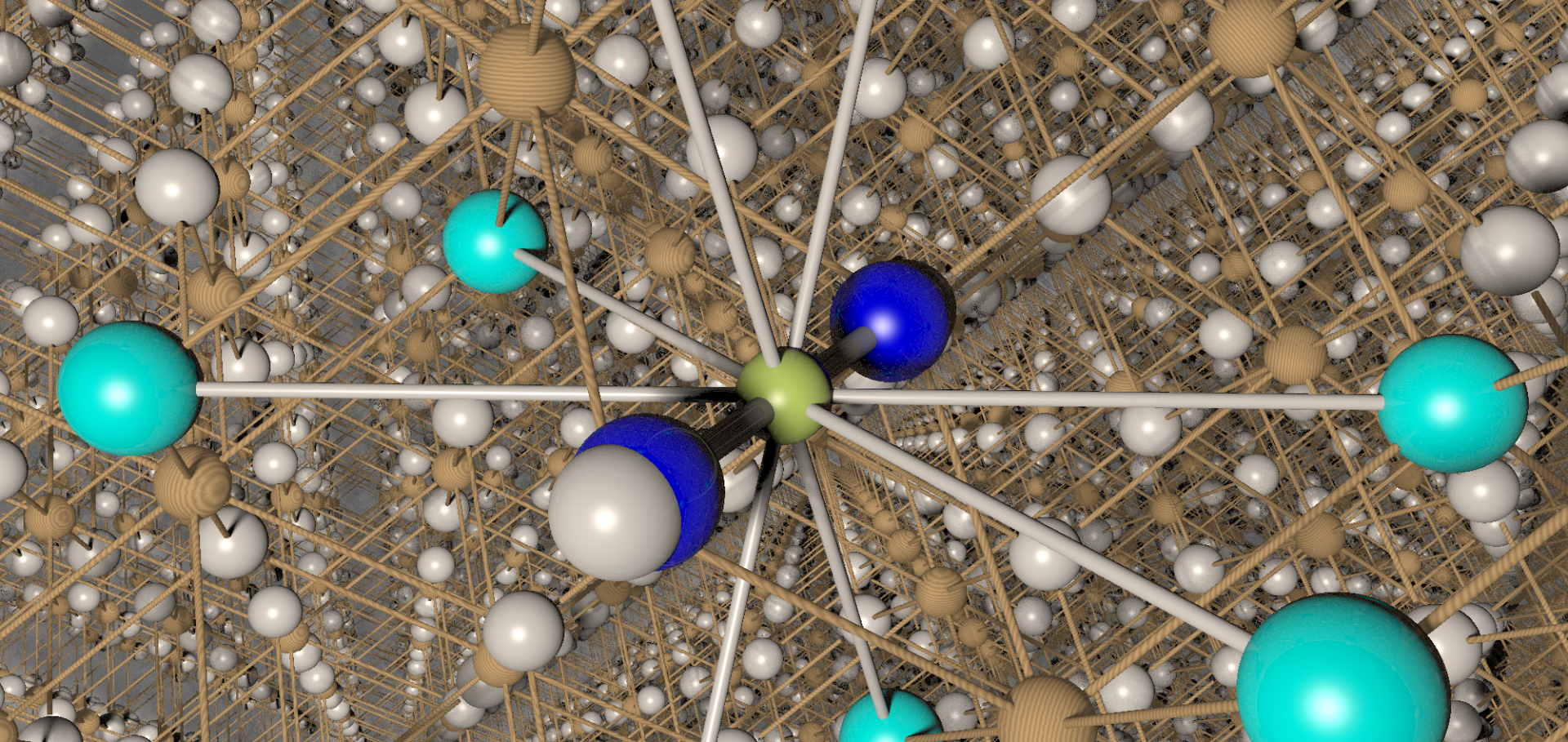Angular-dependent muon-spin rotation on the mixed state of the organic superconductor K-(BEDT-TTF)(2)CU(SCN)(2)
J MAGN MAGN MATER 177 (1998) 561-562
Abstract:
We have performed muon-spin rotation (mu SR) measurements on the organic superconductor K-(BEDT-TTF)(2)CU(SCN)(2) as a function of the angle between the applied field and the superconducting planes. The measurements are found to have much in common with those on the anisotropic cuprate superconductor Bi2Sr2CaCu2O8 divided by delta. (C) 1998 Elsevier Science B.V. All rights reserved.A non-linear model of solid-state amorphization
Journal of Physics Condensed Matter 9:43 (1997) 9199-9207
Abstract:
A non-linear model of solid-state amorphization (SSA) is proposed which takes into account the interaction of the structural elements of the amorphous phase via a stress field. For the experimental parameters which correspond to semiconductors undergoing SSA by high-pressure phase retention, we obtain the solution in the form of a self-sustaining wave with a constant velocity v. This solution exists in the region v < vc, where the critical velocity vc is controlled by the thermal and concentration diffusivities DT and DN . A simple scaling relation is proposed for vc: vc(DN, DT) ∼ DT/(DN)0.5. It is found that the characteristic correlation length of the amorphous phase formed by SSA strongly depends on the interplay between the parameters v, DN and DT.μSR study of the nitronyl nitroxide p-CNPNN
Synthetic Metals 85:1-3 (1997) 1745-1746
Abstract:
We present the results of a muon-spin rotation/relaxation (μSR) study in zero and longitudinal magnetic fields and temperatures down to 40 mK of para-cyanophenyl nitronyl nitroxide (p-CNPNN). This layered material is expected to show ferromagnetic interactions on the basis of susceptibility measurements. In a zero-field μSR experiment, the spins of muons which are implanted in diamagnetic states will precess in any local internal fields. Hence a study of precession frequencies and/or relaxation rates can be used to follow the magnetic order parameter as a function of temperature. We find strongly temperature dependent muon relaxation below ∼0.17 K similar to that found recently in 1-NAPNN, indicating a magnetic transition at this temperature.Spin dynamics in the organic spin-Peierls system MEM(TCNQ)2 studied using muon-spin relaxation
Journal of Physics Condensed Matter 9:9 (1997)
Abstract:
We report the first muon-spin relaxation study of an organic spin-Peierls system, the linear-chain compound MEM(TCNQ)2. Our results show a crossover from a Gaussian relaxation to an exponential relaxation as the temperature is lowered below the spin-Peierls transition. We associate this behaviour with the slowing down of the electronic fluctuations resulting from the opening of a gap in the magnetic excitation spectrum.Angle dependent magnetoresistance oscillation study of the Fermi surface of beta''-(BEDT-TTF)(2)AuBr2
SYNTHETIC MET 86:1-3 (1997) 1977-1978


